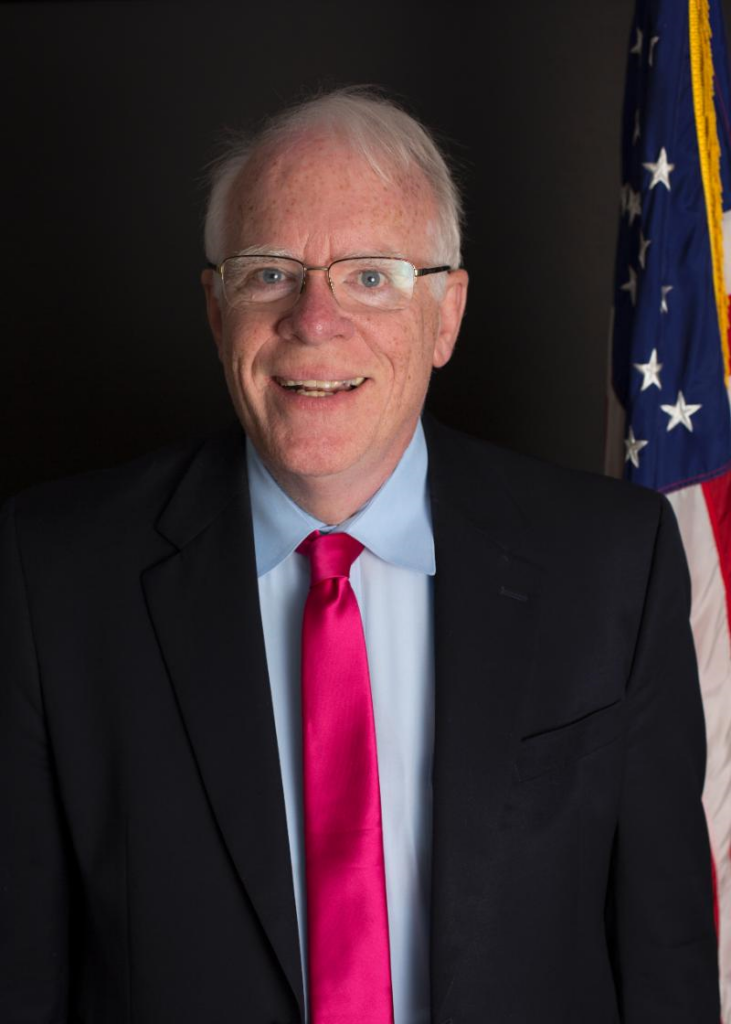
Senator Spooner Got It Right: Uniform National Regulatory Norms for Cannabis
Today’s national economy assumes the century-old federal oversight of safety for foods, drugs, and other regulated products will continue long past its 1906 establishment. But the breakthrough change of regulatory perspectives that occurred in 1906 had been opposed by conservative members of the Congress who believed firmly in states’ rights. By Fall 2022, the U.S. Congress may pass some form of cannabis regulatory system, and uniform federal regulation makes more sense than dozens of variable regulatory systems in dozens of states. Contents, extraction methods, contaminants, and potency claims should be centrally regulated in the new century of cannabis evolution.
Step back and look at the roots of today’s Food and Drug Administration (FDA) regulatory system. Different states had differing views on medical licensure, “patent medicines,” pharmacy compounding and the like, when my grandfather arrived here as a political exile, expelled from Queen Victoria’s Ireland in 1888 for his political opposition. I imagine that when he subsequently contracted the near-fatal infection of Yellow Fever while working on the Panama Canal, the rights of states to condemn or approve remedies for disease were choices left to the governors of the sovereign states. He survived the ordeal of that infection, but thousands did not. Lessons from Yellow Fever and from the flawed military medical treatment of the soldiers who had fought the 1898 war against Spain led to editorials calling on newspaper readers to support a single federal safety administration for vaccines, drugs, and foods. (For younger readers, there were such things as paper and ink newspapers, led by editorialists crusading for change, see Wikipedia for “William Randolph Hearst.”)
Finding the roots of the present FDA in history is simple. Senators debated the need for a central coordinated structure in 1903–1904 and again in 1905–1906. The proponents recognized that the numbers of rejected legislative efforts were hard to overcome: 190 bills in Congress to regulate foods and drugs were introduced, but only eight smaller bills passed. FDA’s patron saint, a scientist with the title “State Chemist of Indiana,” Purdue’s Harvey Wiley, arrived in Washington with the intention to coordinate the different state laws into one regulatory bureau, within the U.S. Department of Agriculture. Though his focus was on foods, that Bureau of Chemistry also assisted the Post Office Department in barring the use of mail for fraudulent drug remedies and cures. These could still be sold in many states, because the venerable U.S. Pharmacopeia Convention had lacked enforcement powers since its founding in 1820. Only state powers shielded the drug consumer, but only one who was fortunate to live in a state that cared to protect its residents’ health from bad food and drugs.
So Wiley researched, and he lobbied for change. Today’s clinical researchers would faint if they read the details of Wiley’s experiments on healthy human subjects. These healthy male subjects were fed quantities of formaldehyde, salicylates, benzoates, and sulfites in their diets, during periods from 1902 to 1904, as Wiley persisted to gather information for tighter control of food additives, doing so more than a half-century before the Food Additive Amendments of 1958. Advocates for a federal role asserted that variations from state to state “subjected national manufacturers to widely varying requirements and a host of petty annoyances.” Ultimately, Wiley’s advocacy for the tougher Senate bill led President Theodore Roosevelt to support that view against the weaker House bill, and the 1906 Pure Food and Drug Act became law on June 30, 1906.
Yes, reader, I can hear you saying “Hey, so what, why do you waste my time reading this, we’ll never go back to state-by-state regulation!” When uniform cannabinoid controls displace state experiments, that may become true. But my point is that the classical philosopher George Santayana was correct: those “who cannot remember the past are condemned to repeat it.” Pause and consider how one federal control system of cannabis products will displace the loose and ragtag state systems for market entry, and would certainly displace the sometimes hot, sometimes cold state oversight of cannabis products, while it would also diminish the electoral contribution payments made to state legislators by the cannabidiol (CBD) marketing industry. That enterprising group currently prefers multitudes of variables among state regulators to one strong and empowered FDA presence in the marketplace. I politely dissent from their greed.
My thesis for uniform control of cannabis products including CBD is akin to that of the 1906 advocates. Cannabis regulation should be handled by diligent application of centralized Food and Drug Administration regulatory powers, not by the current haphazard state-by-state lobbying which produces such a crazy-quilt of varied control measures. The central authority that FDA, as well as that of the Consumer Product Safety Commission, would apply over cannabis product packaging safety will save lives and reduce the risks to young people. National Institute on Drug Abuse scholars who deeply understand the brain and body systems effects of cannabinoids will work with veteran FDA regulators to shape consistent controls. FDA’s deep marketing knowledge about young consumers’ patterns of responses to drugs and tobacco (and, more recently, about vaccination) surely exceeds the capabilities of individual state bureaucracies. Look around. If your state has many CBD product marketers launching social media pages with their exalted promises of positive health impacts of CBD ingestion, are they establishing sales forces from your state because of that state’s benign climate, the picturesque venues, or could it be the lack of state enforcement against rogue cannabis sellers? State-by-state decisions about packaging, promotional claims, and child access to CBD should be replaced with uniform national standards.
Senator Spooner of Wisconsin made a strong argument on the Senate floor on February 21, 1906 in favor of including national uniformity of standards:
“A man has strictly no right to say that he should be permitted to sell to the public poisonous food or poisonous articles until the Congress enacts a law which prohibits everybody else from doing the same thing. I do not know whether a provision can be drawn which will limit the sale as to straight whisky; but straight whisky is not adulterated, although it may be so manufactured . . . . I do not understand how Senators can expect to make this bill when it shall have been enacted, a valuable law or capable of successful administration if they fight shy, as they seem to have done, of anything which looks like establishing standards.”[1]
Spooner prevailed as the Pure Food and Drug Act became law on June 30, 1906. So the first national food safety law was adopted with central standard setting, though some would “fight shy” of national safety norms. Now, 116 years later, should one national science-based FDA be empowered to regulate cannabis, in place of 50 separate state regulatory offices? Yes!
FDA control of labeling should fact-check the claims of CBD sellers in every state. FDA control of extraction chemicals should use National Institutes of Health insights to bar certain materials whose residues could be harmful. FDA reporting rules should require that the dissemination of bulk shipments from cannabis factories be tracked with electronic documentation of what substances were shipped where and to whom. FDA and its sister agency, the Consumer Product Safety Commission, should tighten the Poison Prevention Packaging Act rules to penalize sellers of candy and “gummy bears” containing CBD without child-resistant packaging. FDA and its sister agency, the Federal Trade Commission’s Bureau of Consumer Protection, should use warning letters, administrative orders, and federal court injunctions to curb the sensuous seduction of internet attractions for teen use of cannabinoids.
Before you attack these efforts to build the case for regulatory uniformity, please scope out the divergent state-by-state system of cannabis marketing today. Examine the healthcare literature on the adverse events that have been associated with pre-teen and teenager use of cannabis products. Then ask, has Arkansas done it right? North Dakota? New Jersey? Which state is the scientifically based regulatory control venue that we parents can look to for assurance of safe products and reasonable labeling disclosures and proper CBD packaging?
The sponsor of safety through uniform nationwide regulation, Senator Spooner, is long dead, so I come to praise the Senator, not to bury him. Uniform FDA controls on cannabis products will be an important part of federal legalization, and central safety controls were an aspiration for Senator Spooner, many years ago. Let’s expand and properly fund this role for FDA as we come to deal with cannabis today and in the future.
[1] Cong. Rec. 2755 (Feb. 21, 1906).

 JAMES T. O’REILLY is a professor in the Department of Environmental and Public Health Sciences, College of Medicine, at the University of Cincinnati.
JAMES T. O’REILLY is a professor in the Department of Environmental and Public Health Sciences, College of Medicine, at the University of Cincinnati.


